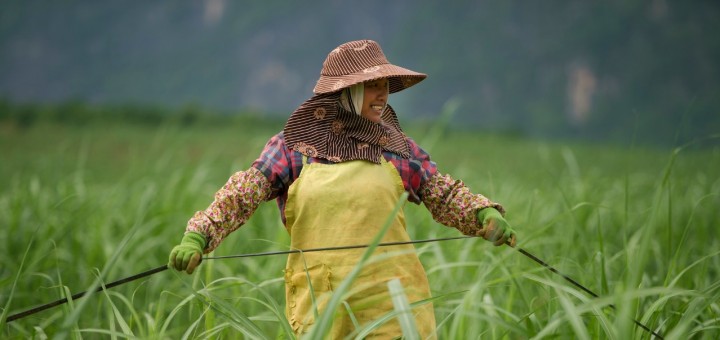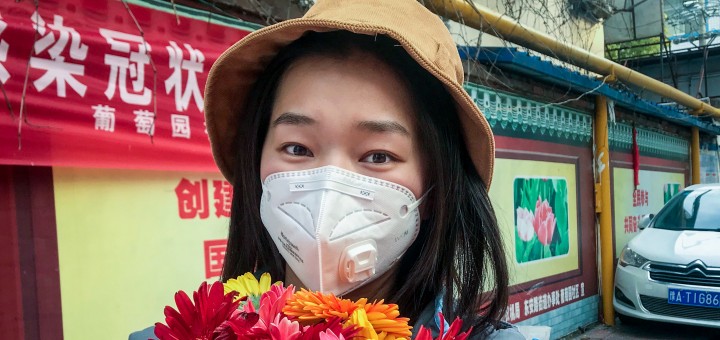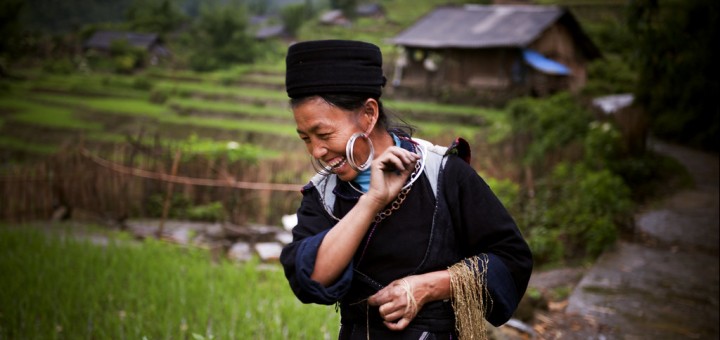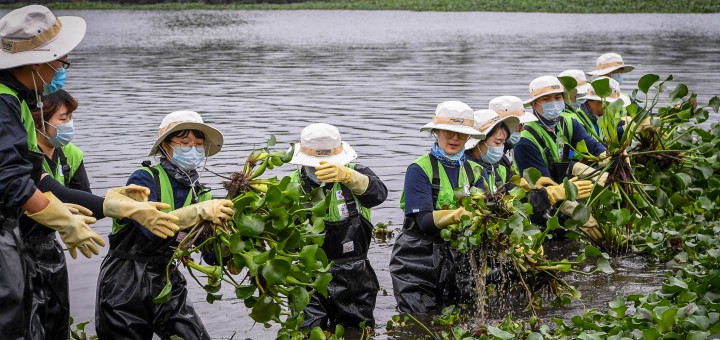There are seven approaches for China’s implementation of the 2030 Agenda for Sustainable Development, namely, synergy of strategies, institutional guarantee, social mobilization, resource input, risk management, international cooperation, and oversight and review.
Synergy of strategies aims at integrating the 2030 Agenda into China’s mid-and-long term development strategies and creating synergy and complementarity between international agenda and domestic strategies.
Institutional guarantee refers to the institutions, mechanisms and policies that will support the implementation of the 2030 Agenda.
Social mobilization comprises the general public’s understanding, recognition and participation, which is the key to consistent and effective implementation of the 2030 Agenda.
Resource input aims at fully utilizing the domestic and international markets and resources and giving full play to the institutional and market advantages in the implementation efforts.
Risk management mechanisms and capabilities for implementation of the Agenda in China are mainly targeted in four aspects, which are maintaining economic growth; improving the quality of people’s lives; focusing on balanced and coordinated development in the three major areas which are economic growth, social progress and environmental protection; advancing the modernization of the national governance system and governance capacity.
China will join the international community in deepening international development cooperation for effective implementation of the 2030 Agenda.
Oversight and review are used to assess achievements, challenges and inadequacies in the process of implementation of the 2030 Agenda, in order to optimize policy options and summarize best practices.





